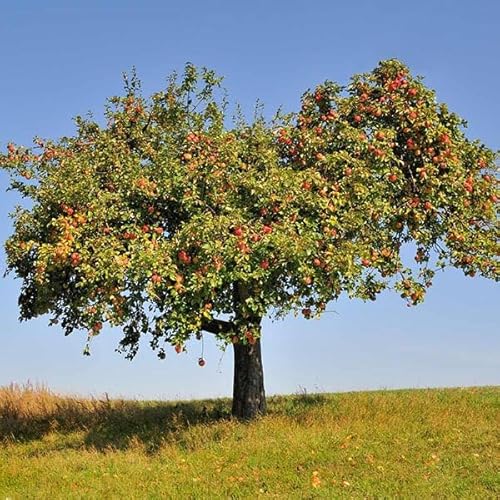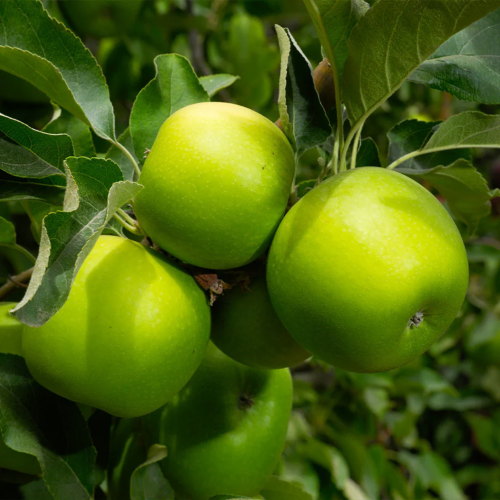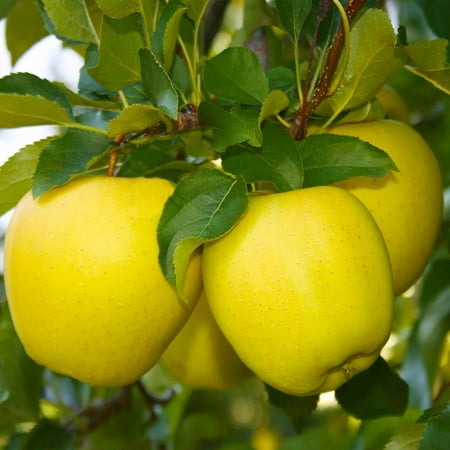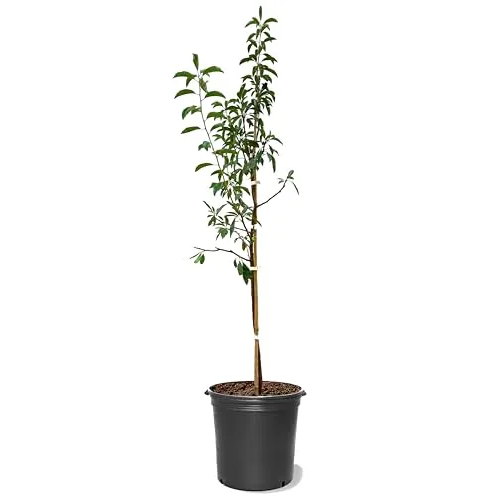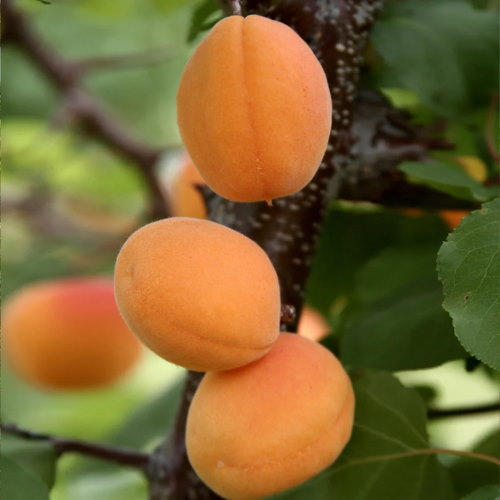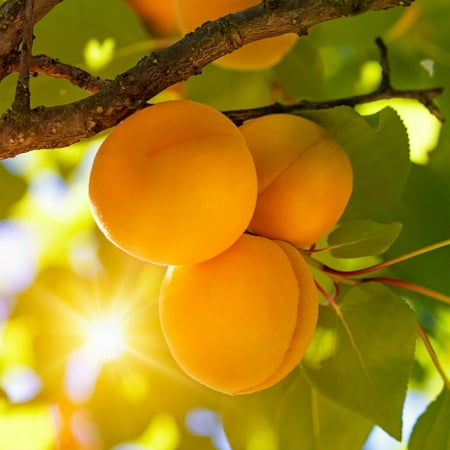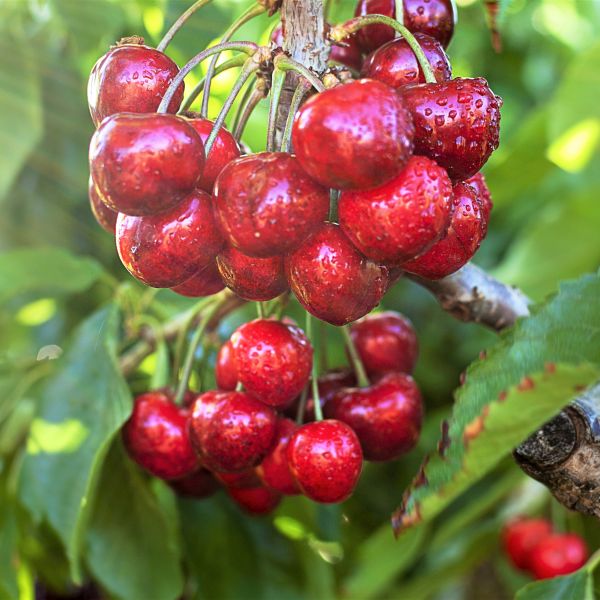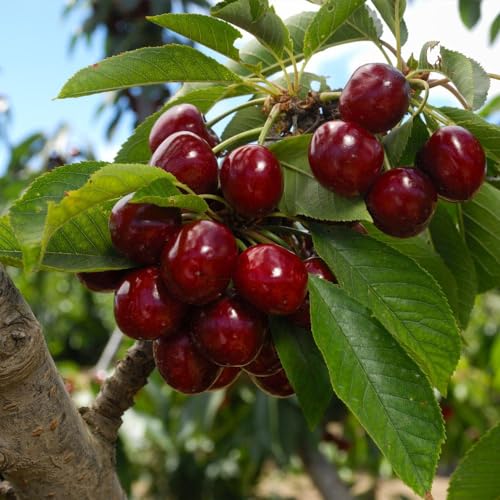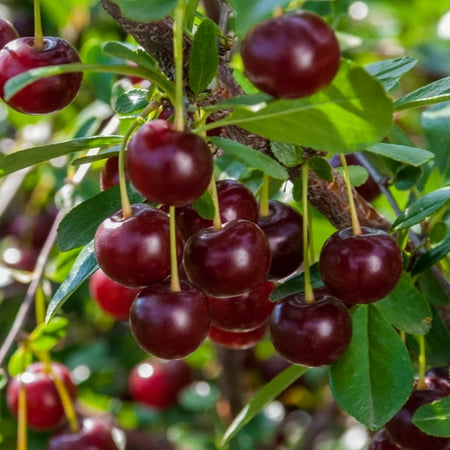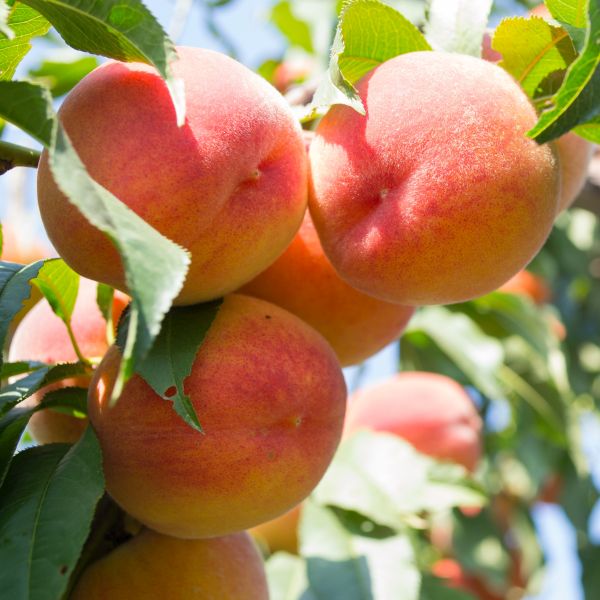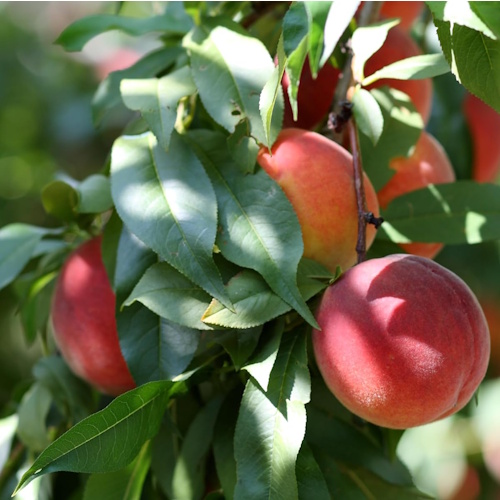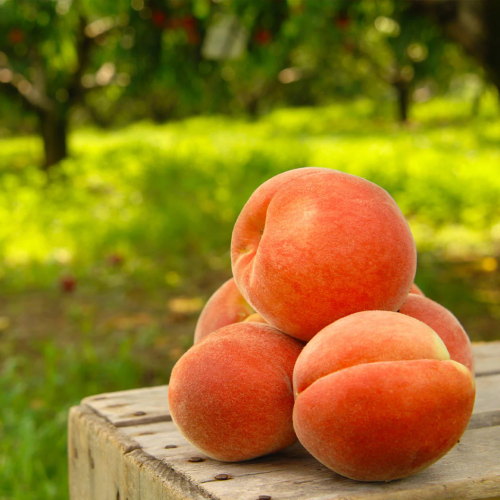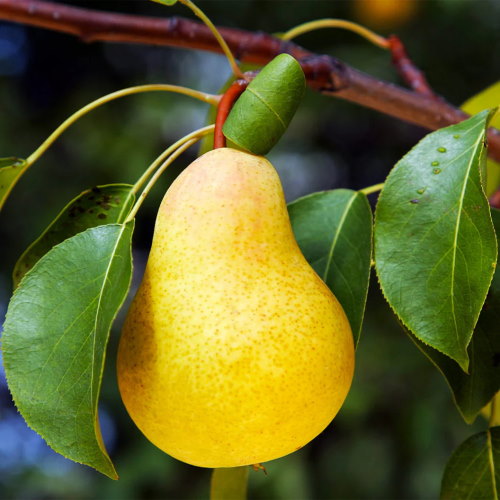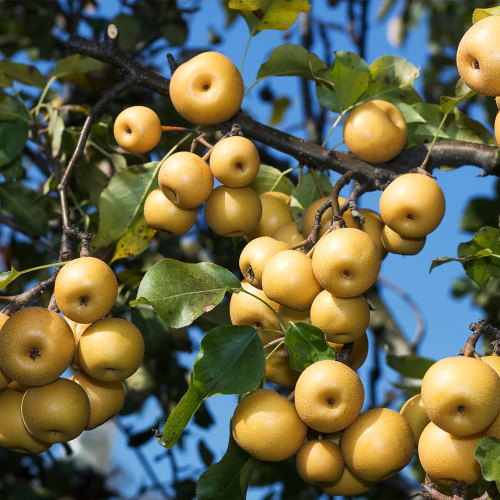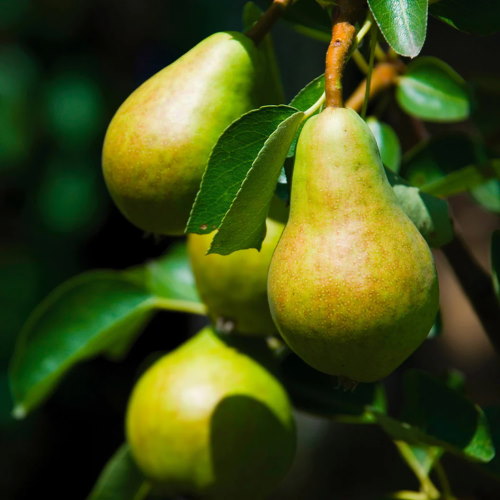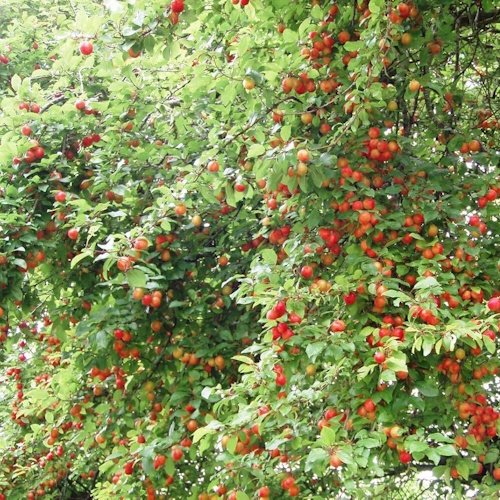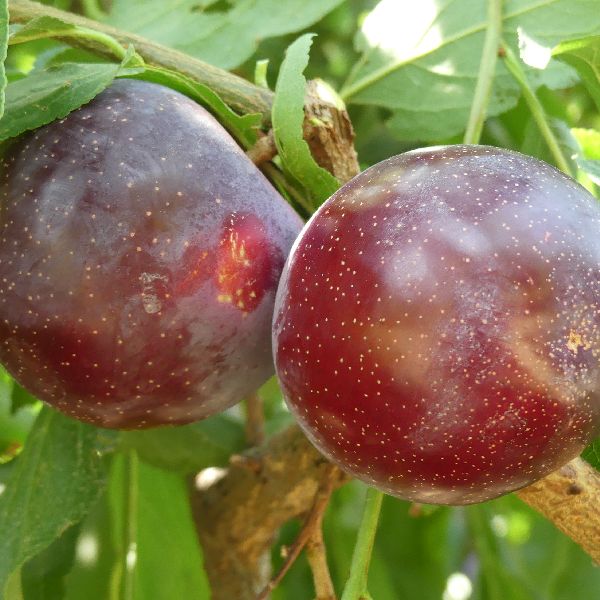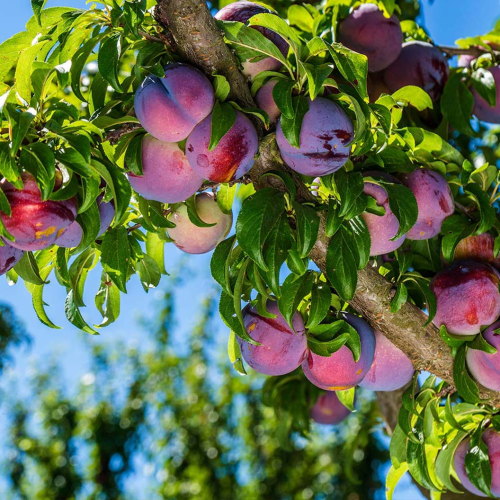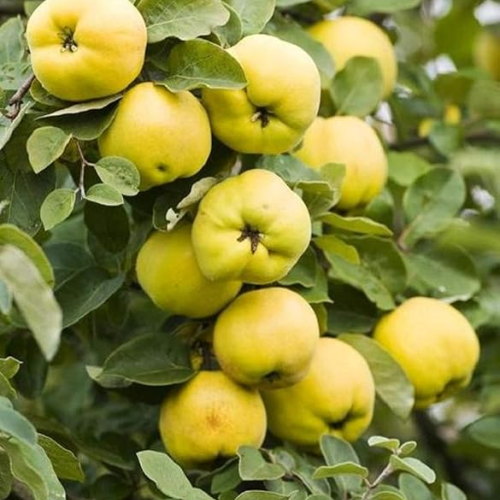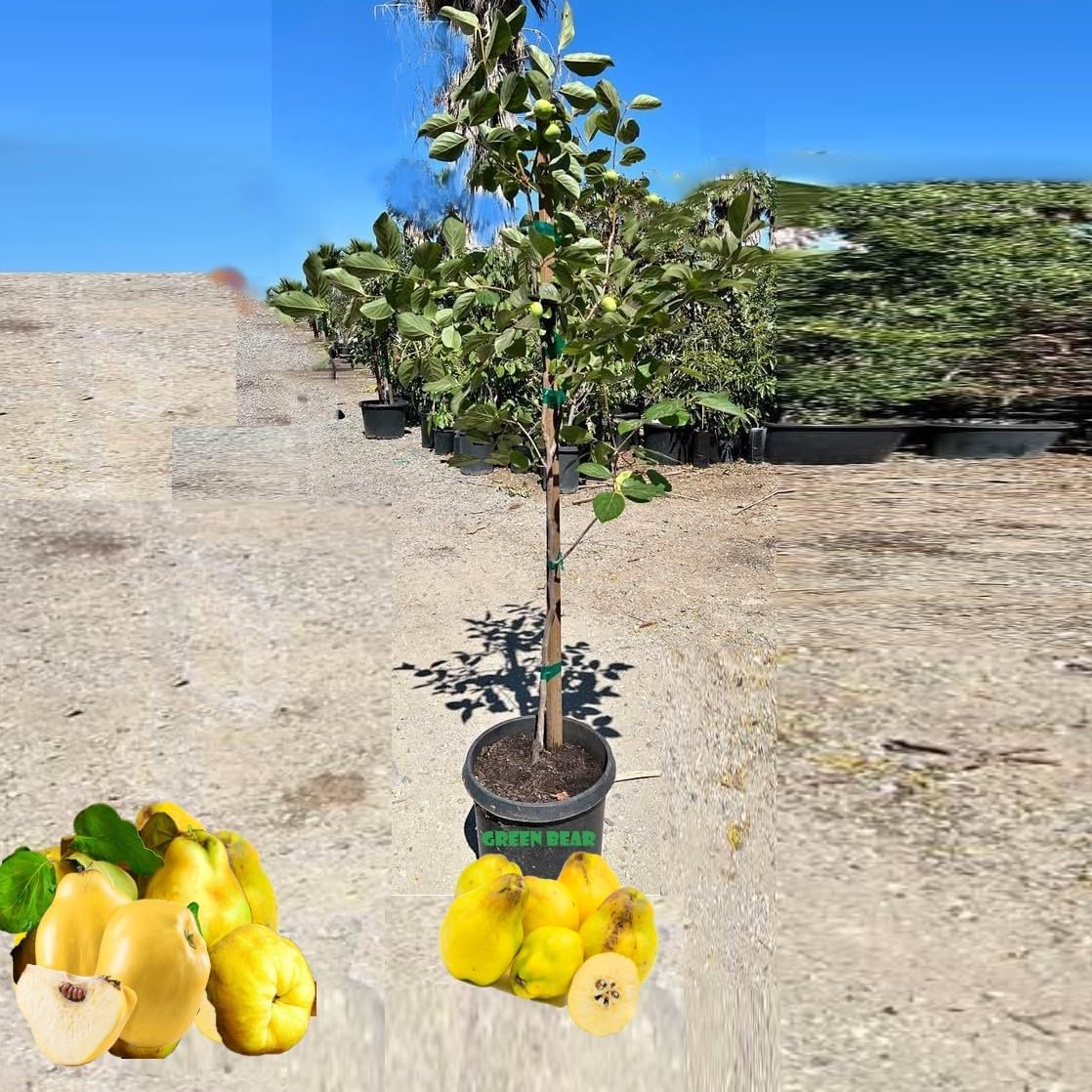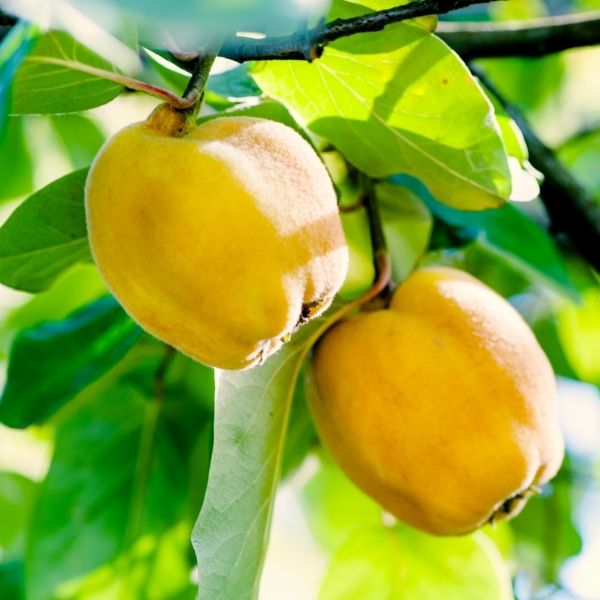Fall Is an Ideal Time to Plant Fruit Trees – Here are 7 to Add This Season for Bountiful Homegrown Harvests for Years to Come
Including expert planting tips so your trees thrive in their new home
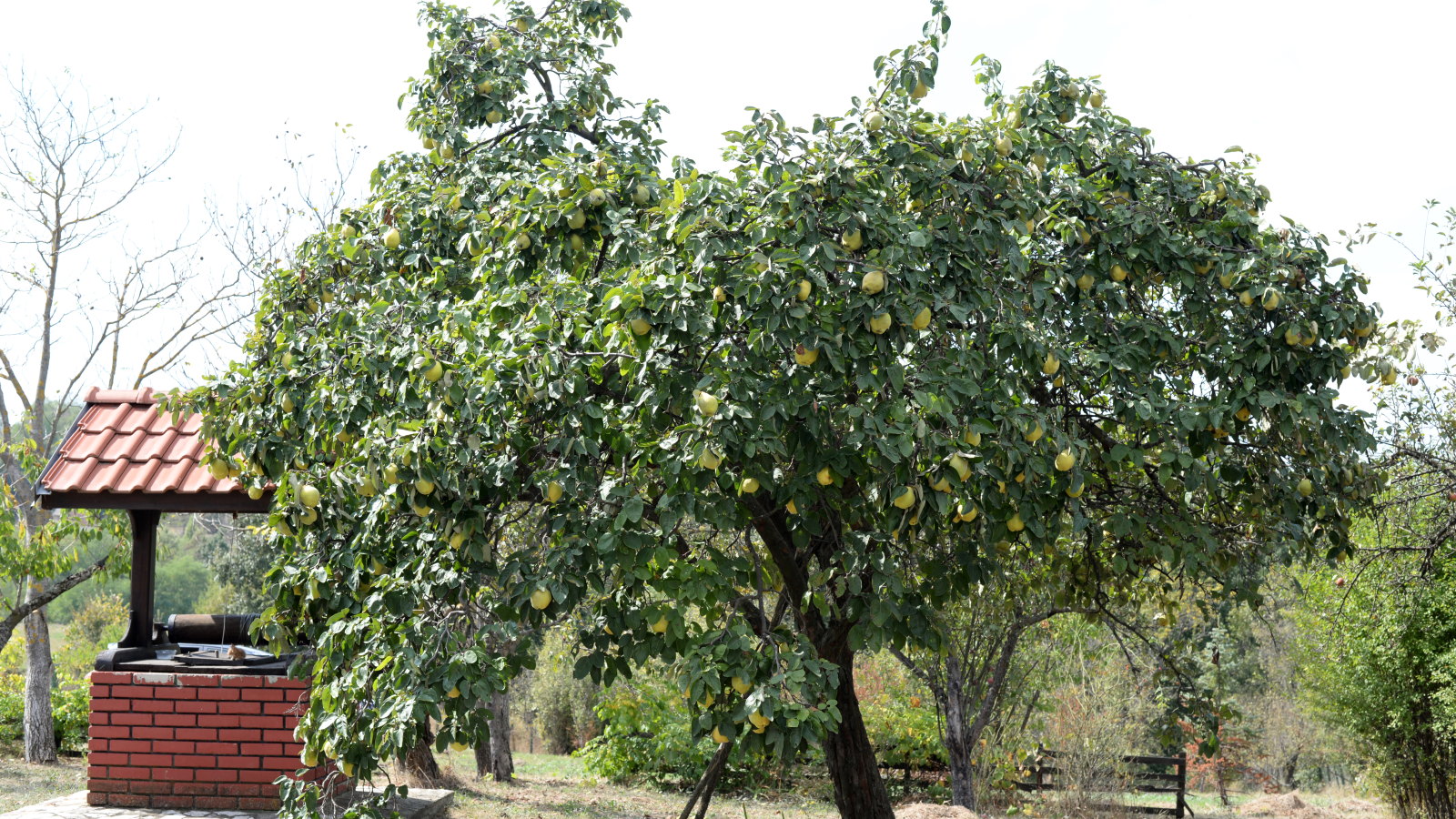
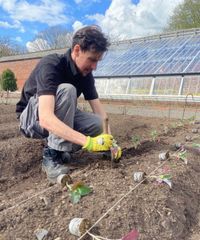
If you want to plant fruit trees to enjoy the joys of homegrown harvests, the fall is a perfect time to do so. The ground conditions are ideal, as the soil is still holding onto warmth from summer, the seasonal rains keep it moist, and the weather is well-suited. With that in mind, we highlight some of the best fruit trees to plant in fall.
Planting fruit trees at this time of year gives them time to get settled into their new home before the colds of winter arrive. Container-grown fruit trees can be planted year-round, and bare-root fruit trees start becoming available to purchase and plant from late fall. Both types can be planted in the coming weeks, as long as the soil isn't frozen or waterlogged.
This guide to the best fruit trees to plant in fall includes hardy trees that can overwinter in most climates without any worry. Tender or tropical fruit trees can only be planted in the fall in warmer climates. Unless you can give them warmth year-round, it is preferable to plant these trees after the last frosts in early spring.
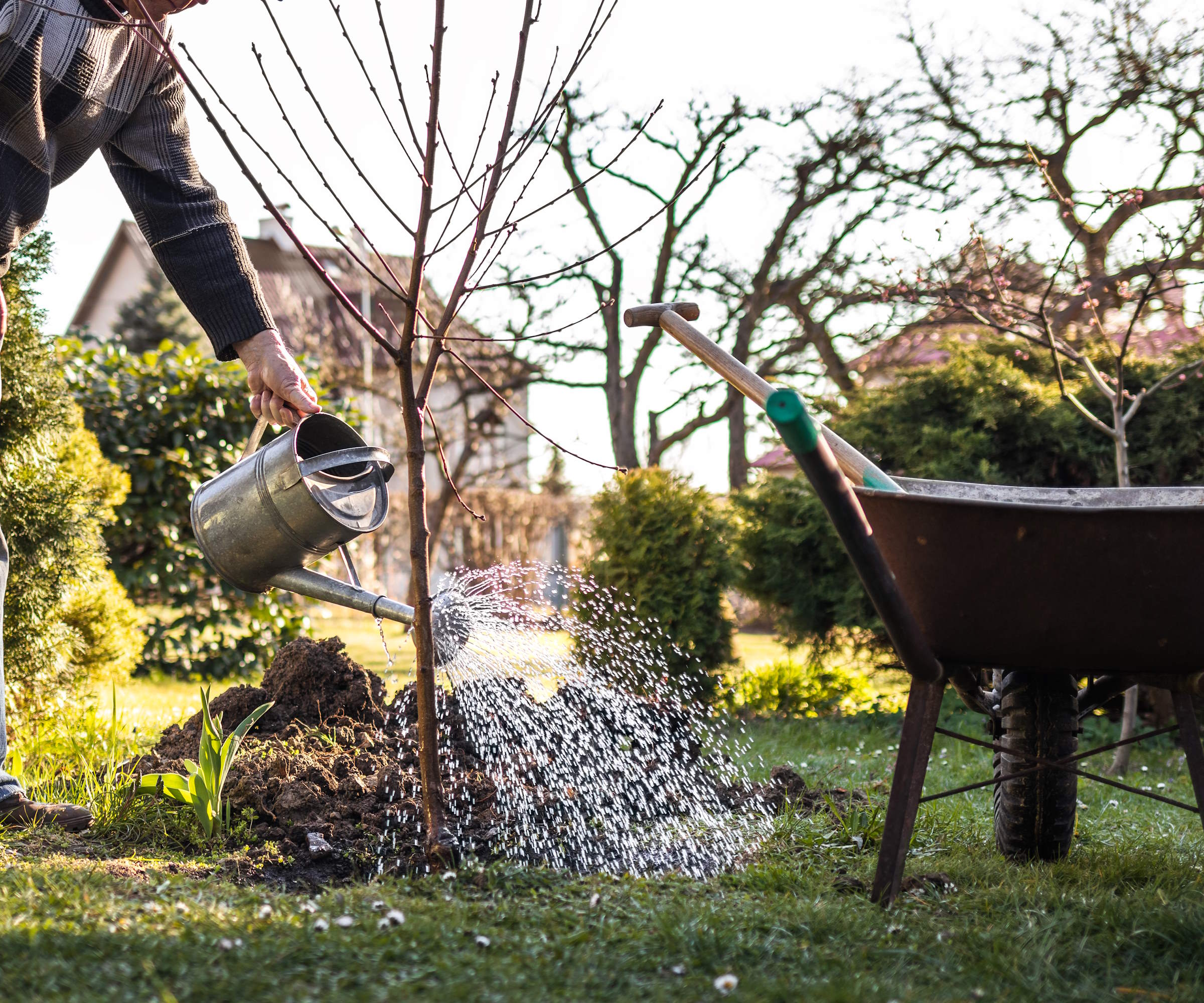
Best Fruit Trees to Plant in the Fall
Ahead of planting your fruit trees, take some time to prepare the planting site so your new additions get off to the best start in life. This includes clearing weeds, digging the soil, and mixing organic matter, like compost or well-rotted manure, into the planting site.
However, do not add any products to fertilize fruit trees into the planting hole. This incentivizes the roots to stay inside the perimeter of the planting hole, rather than extend outwards into the soil to seek out nutrients.
Any of the fruit trees on this list will benefit from a planting hole the same depth as its root ball and three times its width. If you intend to grow fruit trees in pots, only plant them in the fall if you can give them a protected position for winter, as the roots are more susceptible to cold in containers.
1. Apples
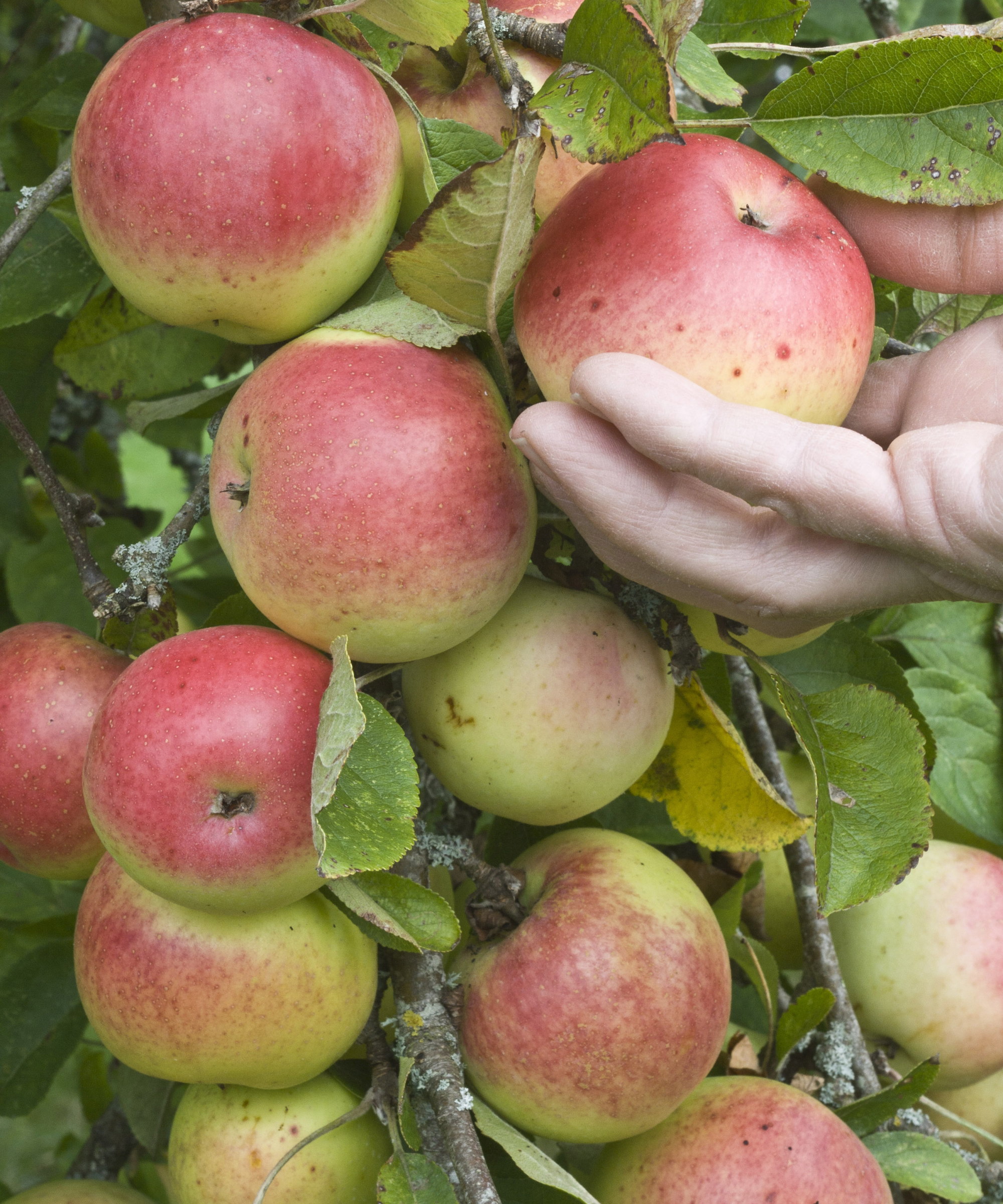
- Hardiness: US Hardiness Zones 3-8
- Size: 8-25 feet
- Position: Full sun
- Harvest: Late summer-fall
One of the most popular fruit trees to grow, there are thousands of varieties of apples to choose from. These vary in terms of fruit color, shape, and flavor, come in dessert and culinary types, and can grow on trees ranging from dwarf to standard heights.
Design expertise in your inbox – from inspiring decorating ideas and beautiful celebrity homes to practical gardening advice and shopping round-ups.
The apple trees you purchase will be grafted onto rootstocks, which can affect their size, use, and taste. Smaller dwarf or semi-dwarf rootstocks are ideal if you want to grow an apple tree in a backyard, and such types are quicker to fruit than standard trees.
Pick a variety suited to your climate, as some varieties are more suited to colder zones and need set 'chill hours' to fruit well, and plant apple trees into a fertile, well-draining soil type and sheltered position.
2. Apricot
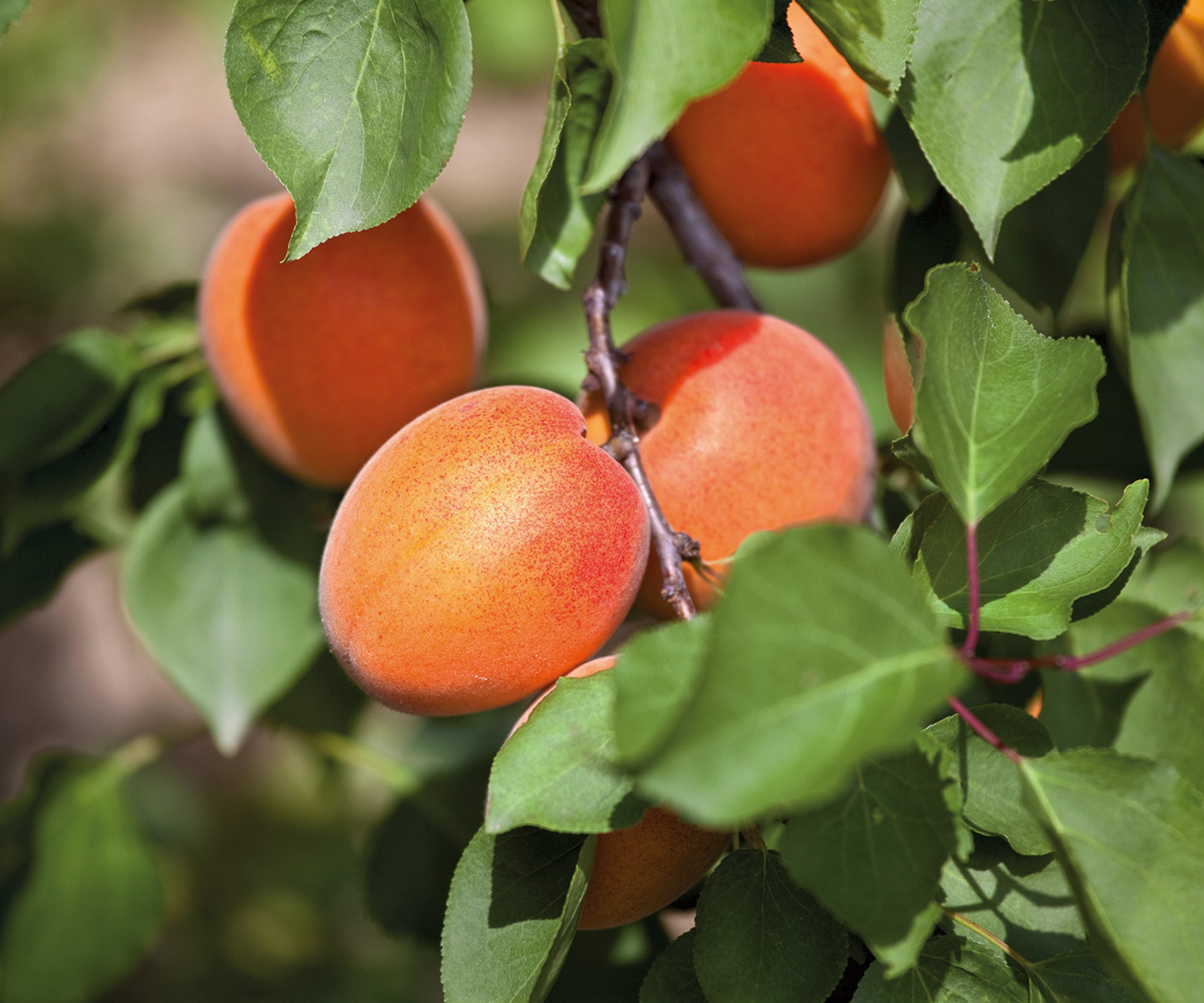
- Hardiness: US Hardiness Zones 5-8
- Size: 10-16 feet
- Position: Full sun, sheltered
- Harvest: Midsummer
Apricots are wonderful fruit trees, with beautiful spring blooms and aromatic fruits that are idyllic to enjoy eaten fresh from the tree.
They may give the impression of being warmth-loving fruit trees (which they are), but apricot trees are tolerant of cold and are hardy down to US hardiness zone 5. In colder climates, they do make great fruit trees for greenhouses or to train on a warm, sunny wall.
Apricot trees tend to be grafted onto rootstocks to control their size, and there are varieties suitable for smaller backyards. Most varieties are also self-pollinating, so it is possible to get an apricot to fruit with just one tree, but it will be boosted by a second in the vicinity.
An ideal spot to grow an apricot tree gets at least six hours of daily sunlight and has fertile, well-draining soil. Avoid planting them in frost pockets, as their delicate spring blooms can be killed, or wet sites, as apricots don't like sitting in sodden soil.
Another important aspect to get right is pruning. You prune an apricot tree in spring or summer, as winter trimming leaves it susceptible to silver leaf and canker.
3. Cherry
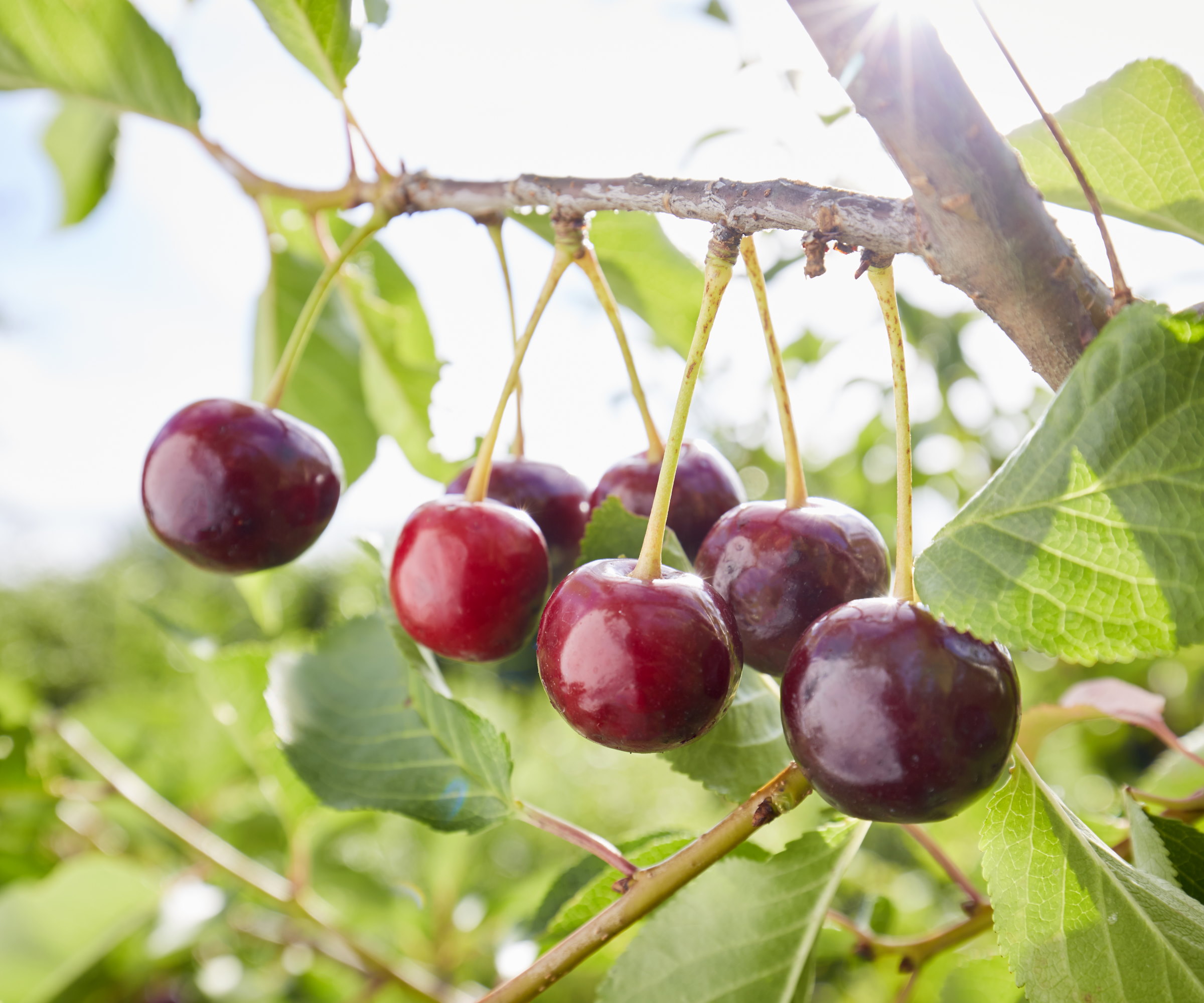
- Hardiness: US Hardiness Zones 4-9
- Size: 5-13 feet
- Position: Full sun
- Harvest: Midsummer
Cherry trees are great additions to any garden. They rank among the best trees for spring blossom, produce attractive fruit, and foliage turns fiery shades in the fall. Different varieties of cherries grow sweet fruits for eating or sour ones that are cooked in jams or pies.
There are many varieties of sweet and sour cherries, with lots of them self-fertile and suitable for smaller spaces. However, older non-self-fertile varieties need a cherry nearby that flowers at the same time to produce fruit. Cherries are grafted onto rootstocks, so this means you can plant a cherry tree even in smaller gardens.
Cherry trees can be grown as free-standing trees or trained against a fence or wall. What is key is not putting them in frost pockets, which will kill the spring blooms, and giving them good drainage. The trees will benefit from annual mulching, and you should prune cherry trees after harvesting.
4. Peach
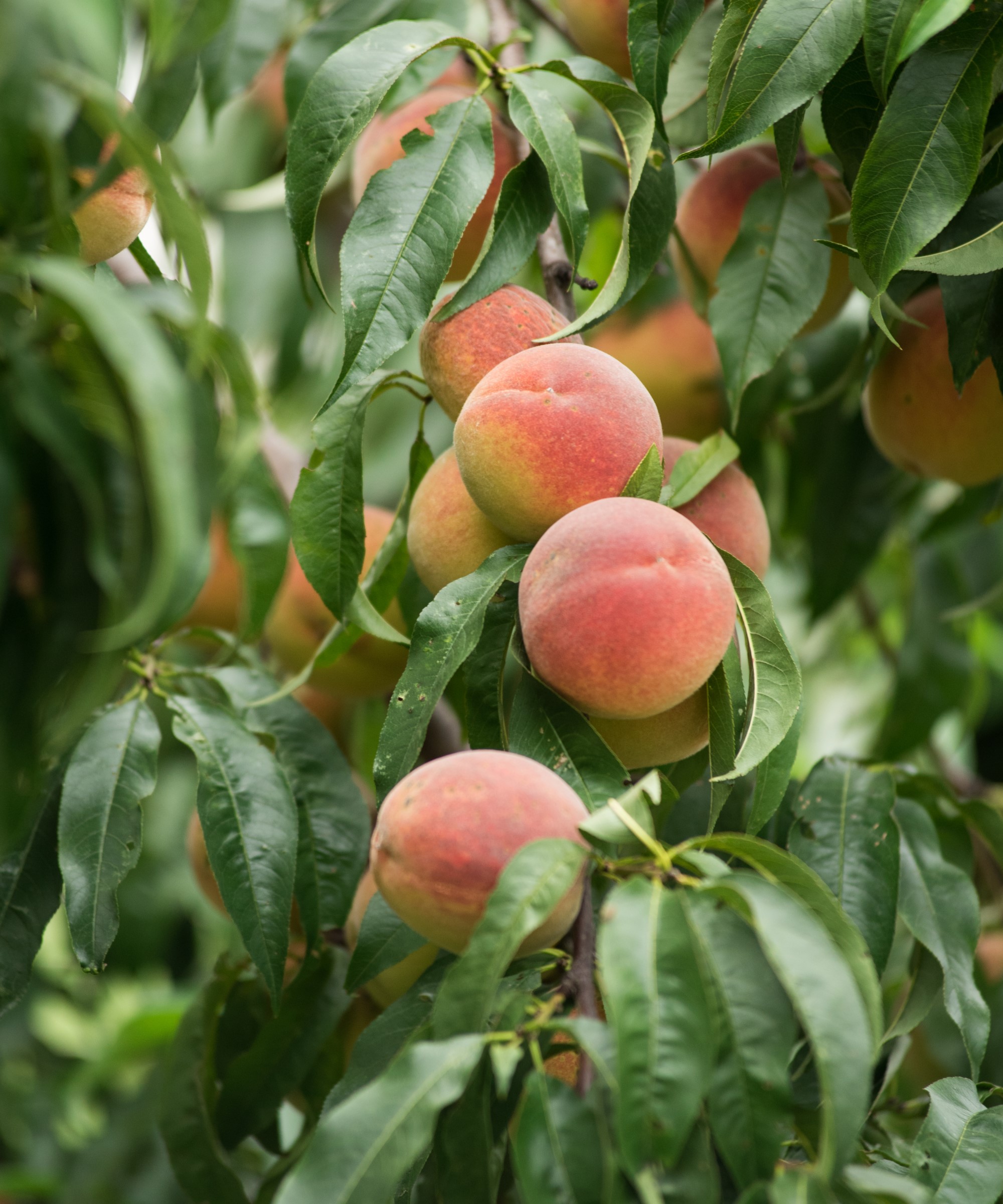
- Hardiness: US Hardiness Zones 4-9
- Size: 6-20 feet
- Position: Full sun
- Harvest: Midsummer
Peach trees evoke images of Mediterranean climates, so it should be no shock that these fruit trees thrive in warm, sunny gardens. It may be more surprising to hear they can be happy in cooler climates; they can still prosper in a bright corner as a freestanding tree or be trained as a fan against a warm wall.
Different varieties of trees produce rounded or flat peaches in shades of red, orange, or yellow. All peaches are self-fertile (which helps you have a peach tree that fruits) and tend to be grafted onto St Julien or VVA1 rootstock to keep them to a more compact size.
Plant a peach tree in a sunny spot, or against a south-facing wall or fence, into fertile, well-drained soil. Frosts are a problem for peaches, so they benefit from being covered in late winter unless they are planted in a protected spot.
This cover not only protects the early blossom from frosts, but also the leaves from peach leaf curl (though you can get resistant varieties to combat leaf curl). Just like apricots, you should prune peach trees in spring or summer to protect against silver leaf.
5. Pear
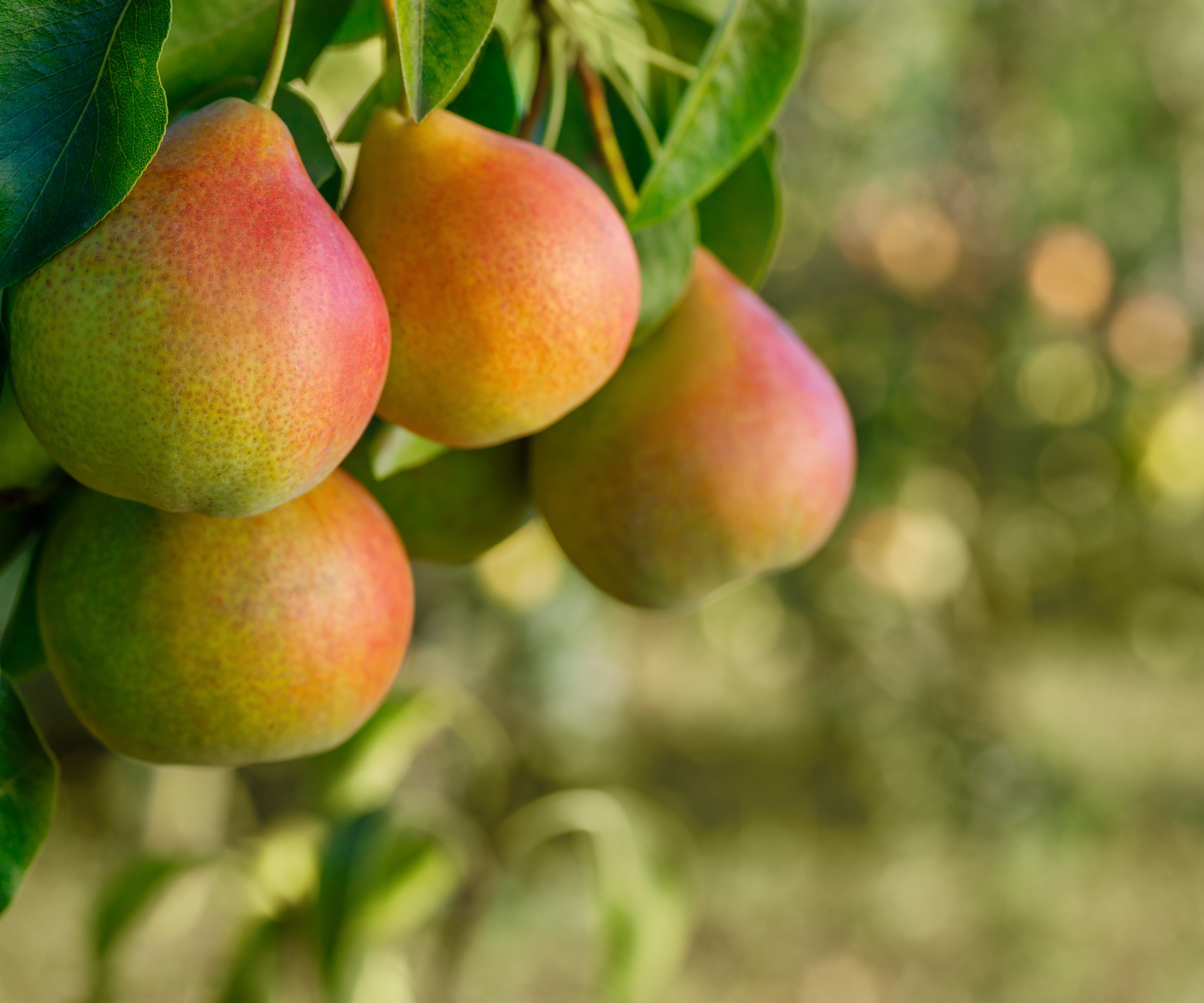
- Hardiness: US Hardiness Zones 3-10
- Size: 13-25 feet
- Position: Full sun
- Harvest: Late summer
Pear trees can give you harvests of succulent fruits for decades. Many types of pear trees are grafted onto rootstocks to keep them more compact for growing in backyards, and while there are self-fertile varieties, all pear trees will fruit better with a nearby partner.
You can grow pears in different colors, sizes, and flavors, but one aspect that separates these trees from many other fruits is that you harvest pears early and bring them indoors to ripen, rather than leave them to ripen on the tree.
If you want to grow a pear tree, plant it in a sunny, sheltered spot where it can get 6–8 hours of direct sunlight daily. The fruit trees grow best in well-drained, loamy soil, and not in frost pockets or soil that waterlogs.
Pears are low-maintenance. They are relatively drought-tolerant fruit trees, but will benefit from watering during dry spells while the fruit is developing, and you prune pear trees annually in late winter or early spring.
6. Plum
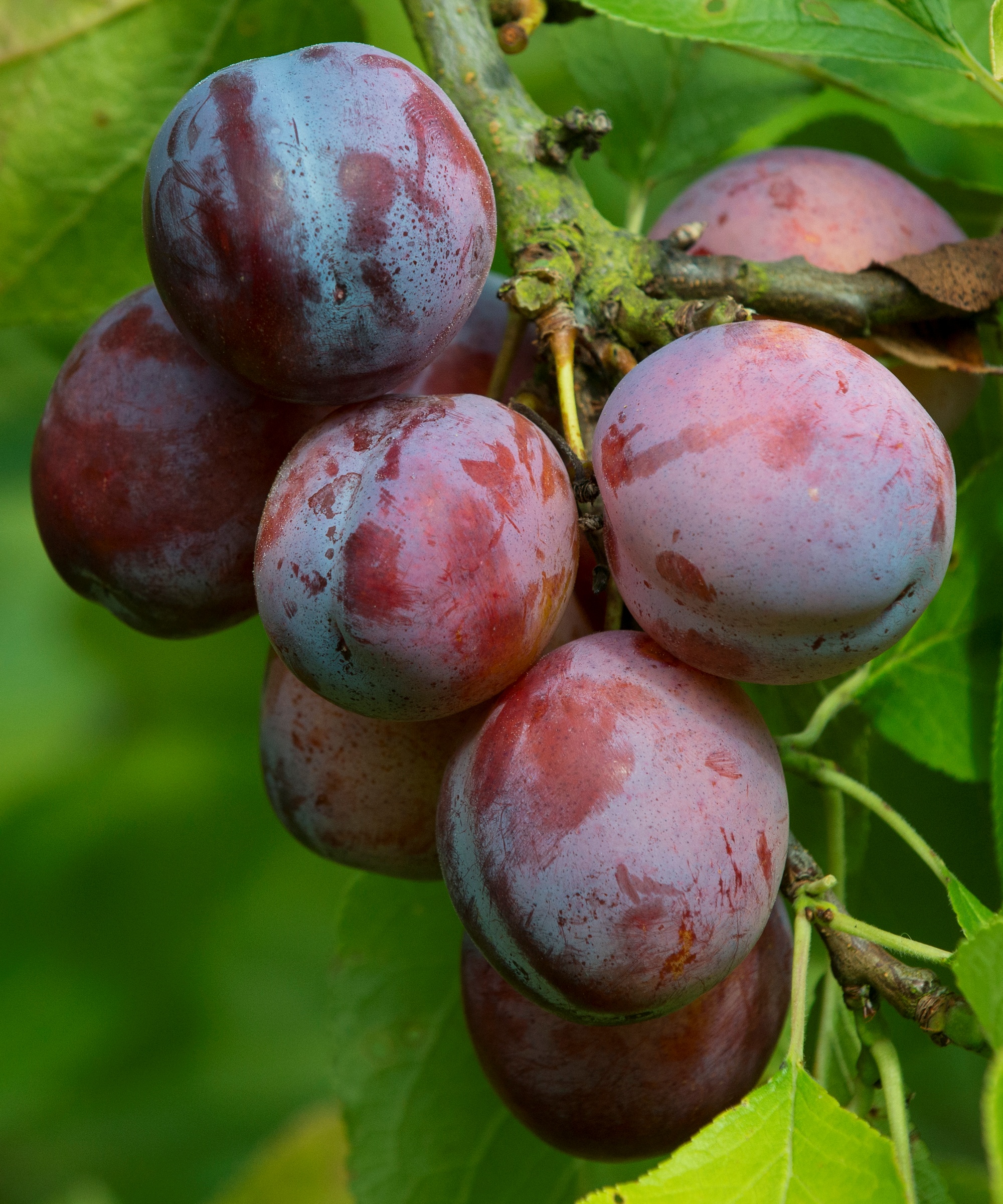
- Hardiness: US Hardiness Zones 4-8
- Size: 8-16 feet
- Position: Full sun
- Harvest: Midsummer to mid-fall
Plum trees come in various colors, sizes, and flavors, and different varieties are dessert, culinary, or dual-purpose.
There are many types of plum trees, which also include damson trees, and some varieties can handle cold down to US hardiness zone 4. If you do live in a colder climate, ensure any particular variety is suited or opt for late-flowering varieties to protect delicate blossoms.
Plants vary in size depending on the rootstock, from dwarf varieties to grow in trained forms to larger trees that make impressive free-standing specimens. Some plums are self-fertile, but not all, so check whether you need another.
You want to plant plum trees in a sunny spot that gets at least six hours of sunlight a day. They like fertile, well-draining soil that stays consistently moist, as a crop can be affected if the soil dries out while the fruit forms.
Watering, feeding, and pruning are all important if you want to get a plum tree to fruit strongly and consistently. Prune plum trees in their active growing season, from April to August, rather than during dormancy, and thin fruit in early summer to avoid branches snapping under the weight of lots of plums.
7. Quince
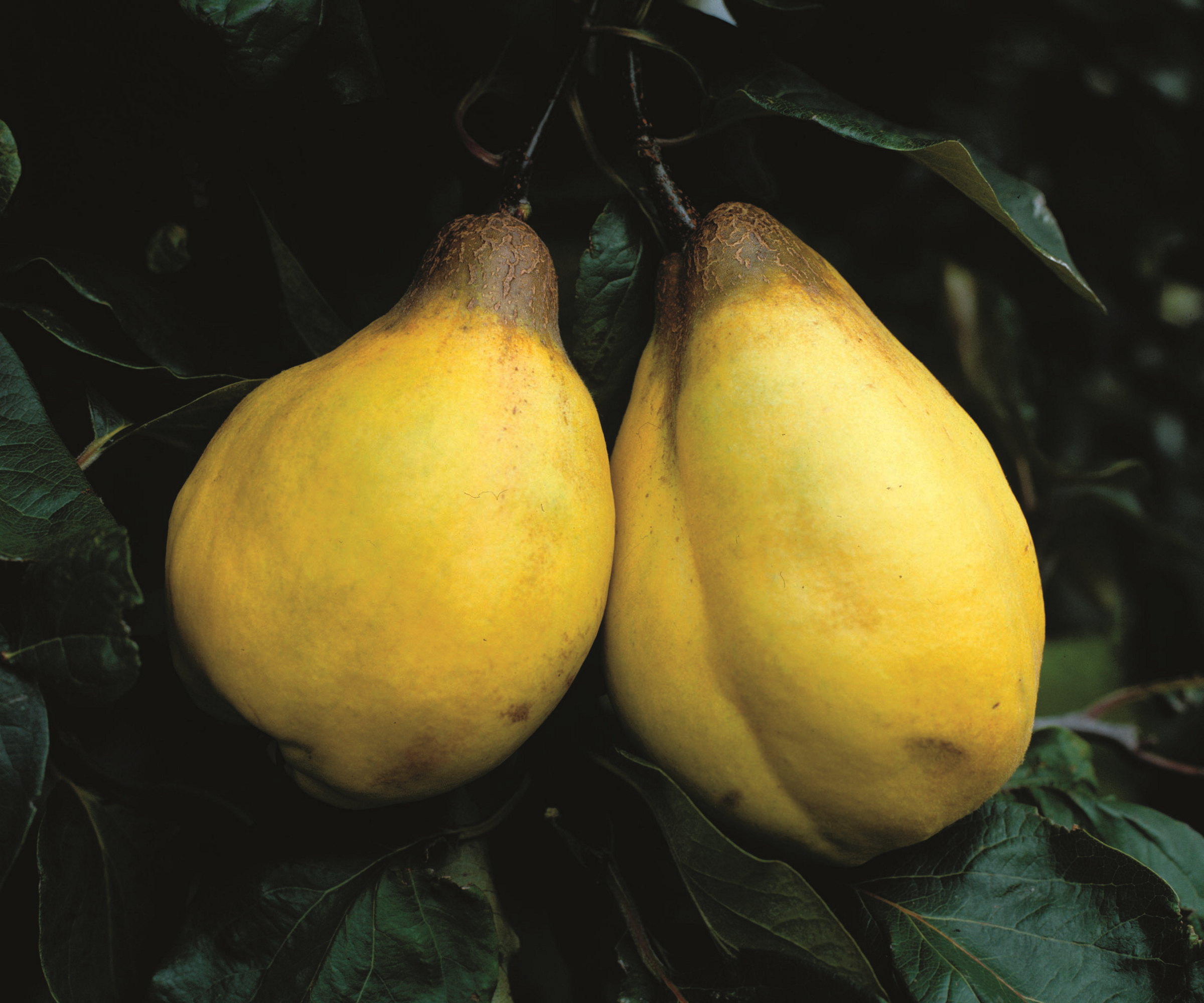
- Hardiness: US Hardiness Zones 5-9
- Size: 13-20 feet
- Position: Sunny
- Harvest: Midsummer
Quince trees may not be the first fruit you imagine growing at home, and the fruits are not often seen for sale in grocery stores, but those large, fragrant fruits grow on low-maintenance, attractive trees that make a unique addition to any landscape.
They were once popular fruit trees; however, the popularity of quince fell dramatically. There is now a renewed interest in these intriguing, historic fruits, and, while still nowhere close to the popularity of other fruits, quinces are making a quiet comeback.
Different quince trees produce rounder, apple-shaped, or elongated pear-shaped fruits, which follow pretty pale-pink aromatic flowers in spring. These fruits take a long time to ripen, and are picked unripe before being left to ripen and sweeten. It is worth the wait, as quinces can be used to make jams, jellies, pies, and other desserts.
Quince trees prefer a warm and sheltered spot; the more sun the better if you want to get a quince tree to fruit prolifically.
As well as highlighting the best fruit trees to plant in fall, it must also be said that this season is also a fantastic time to add soft fruit to your garden. Whether you want to plant raspberries, strawberries, gooseberries, currant bushes, or more, taking advantage of the warm, moist soils in fall helps get these off to a great start. Many fruit bushes are available either as container-grown plants or bare-root plants from late fall onwards, so now is a good time to plant them, and you can have harvests for many years.
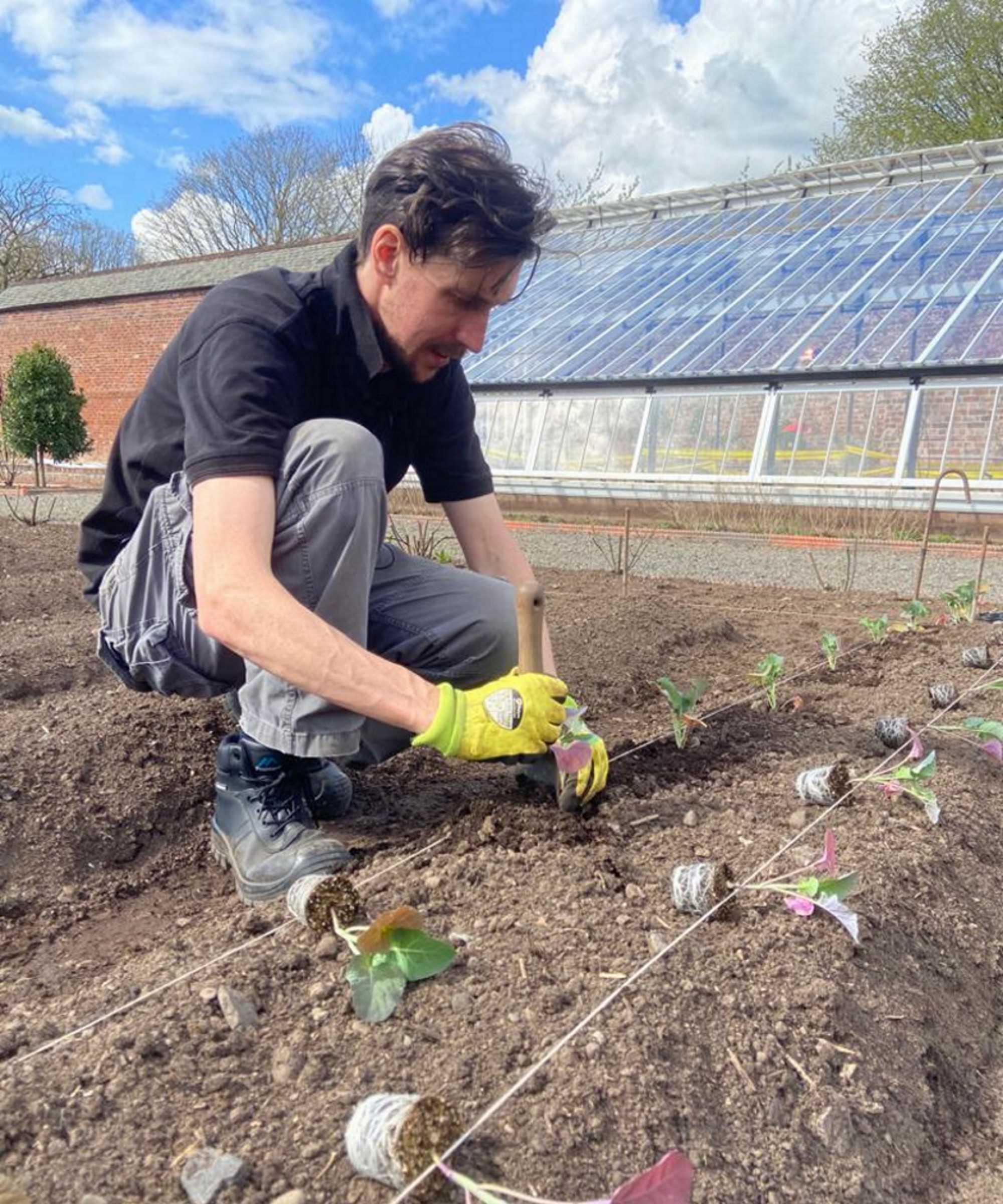
Drew has worked as a writer since 2008 and was also a professional gardener for many years. As a trained horticulturist, he worked in prestigious historic gardens, including Hanbury Hall and the world-famous Hidcote Manor Garden. He also spent time as a specialist kitchen gardener at Soho Farmhouse and Netherby Hall, where he grew vegetables, fruit, herbs, and cut flowers for restaurants. Drew has written for numerous print and online publications and is an allotment holder and garden blogger. He is shortlisted for the Digital Gardening Writer of the Year at the 2025 Garden Media Guild Awards.
You must confirm your public display name before commenting
Please logout and then login again, you will then be prompted to enter your display name.
